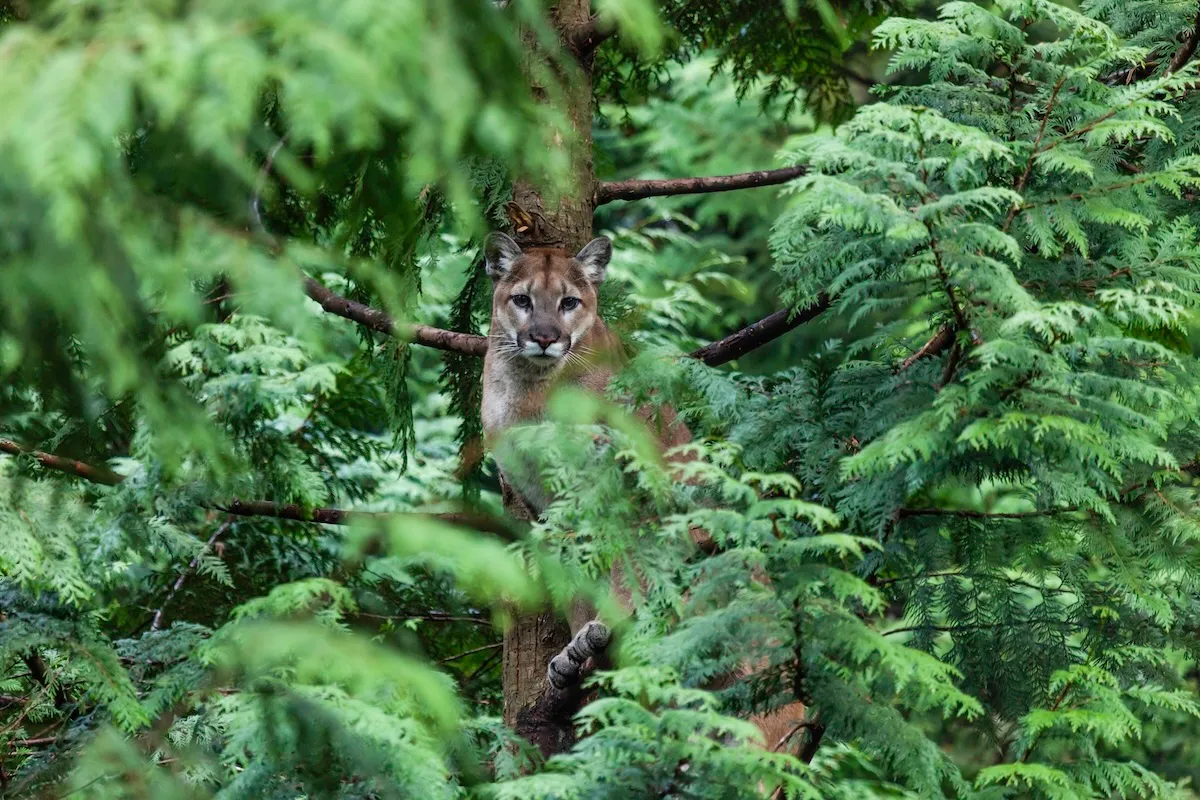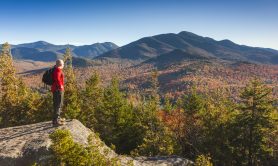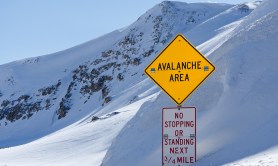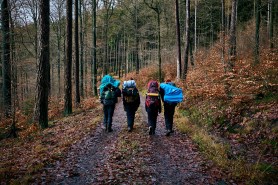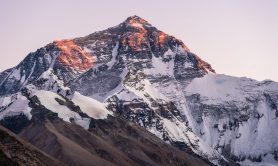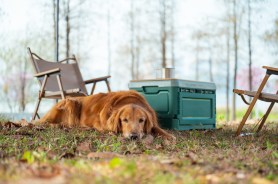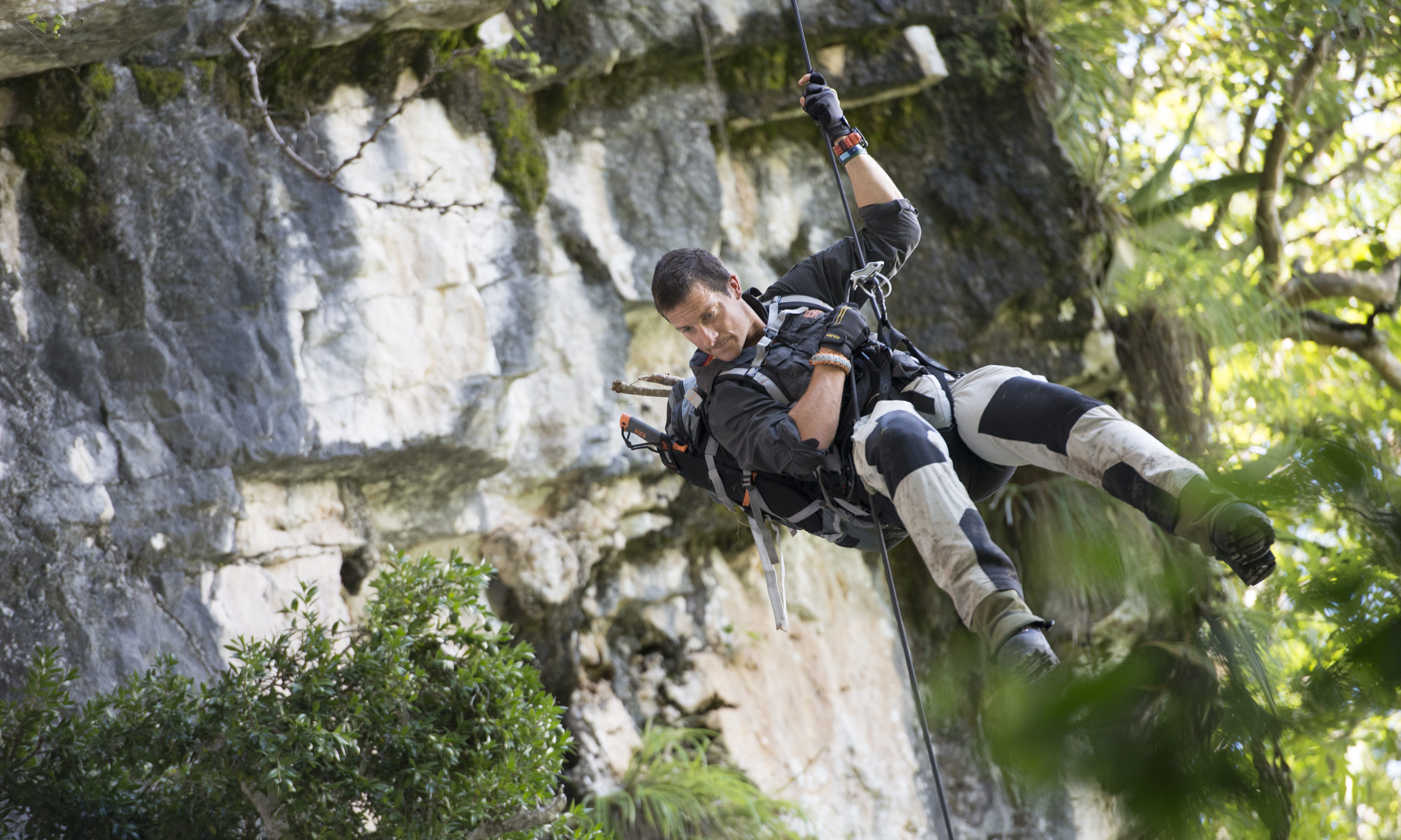

Whether climbing a mountain, moving across ice, navigating a jungle or crossing the desert, conserving your physical energy is important for adventures and expeditions.
Videos by Outdoors
“Your body is like a machine. If you fuel it, it’ll keep on working. If you don’t, it’ll break down,” writes Bear in How To Stay Alive.
Careful conservation of energy is especially important in a survival situation, when resources like food, water and shelter are in short supply. The problem is that when you go into crisis mode, with an increased heart rate, adrenalin production, and hyperventilation, your body uses up more energy.
“‘Calm is contagious’ has always been a key mantra of the US Navy SEALS,” Bear once tweeted, “And it’s smart, because when we panic, everything becomes worse for ourselves and those around us. Conversely when we are calm, we gain time to think and plan, and we conserve focus and energy for what we really need it for.”
Not sure how to conserve your energy and keep your cool when the going gets tough? Bear has some tips.
Make a plan
At the start of a survival situation is when your energy is at its highest and you’ll be at your most effective. Make a plan and put it into action while you have the strength and mental clarity to do so.
Focus on your breathing
One proven technique to calm yourself down is simply by breathing. Take slow, deep breaths, in through your nose and out through your mouth. After a few minutes, you’ll reduce your heart rate and reduce the production of adrenaline and endorphins.
“If you’re panicking, acknowledge it to yourself,” says Bear. “Once you know what’s happening in your head, you can start to control it.”
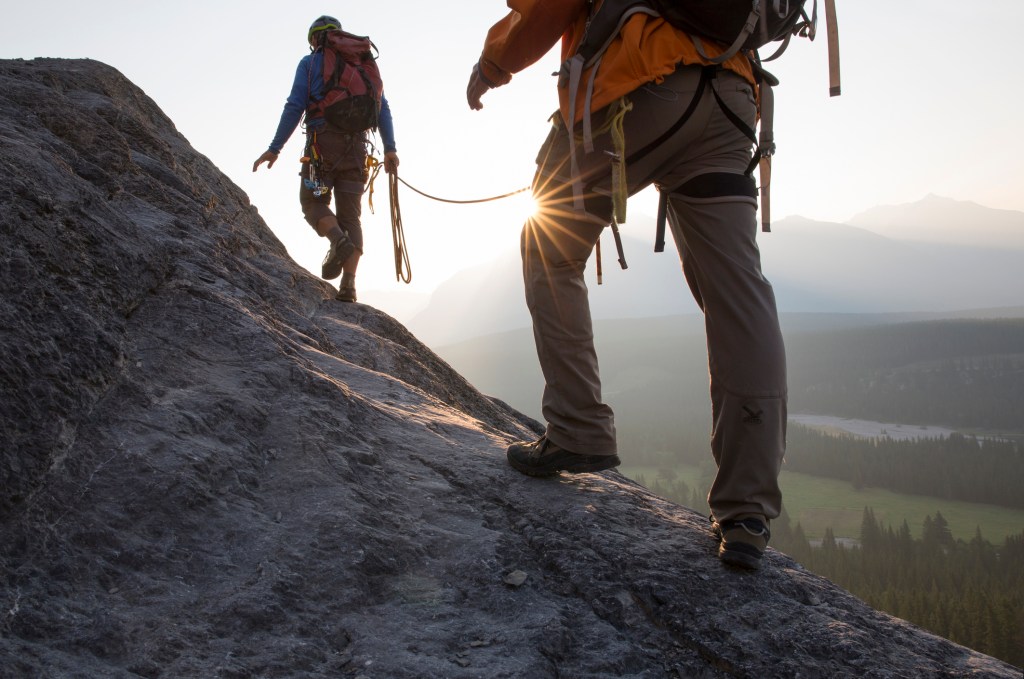
Design your route with care
Whether you’re deliberately trekking into the unknown or you’ve lost your way, take the time to devise a plan for how you’ll get from where you are to where you want to be—and be vigilant that you’re staying on track.
“Adopt a ‘measure twice, cut once’ mentality to route-finding and navigation,” says Bear. “Keep checking, even when you’re sure you’re on the right path. The wild can play tricks on you, and being lost is an energy-drain.”
Move slowly yet consistently
Running from a dangerous environment and exhausting your body in the process is not a good idea and is to be avoided when possible. If you’re sweating, your body is using energy to cool you down.
“In a survival situation, it’s much better to move slowly and constantly than in short, energy-hungry bursts,” says Bear.
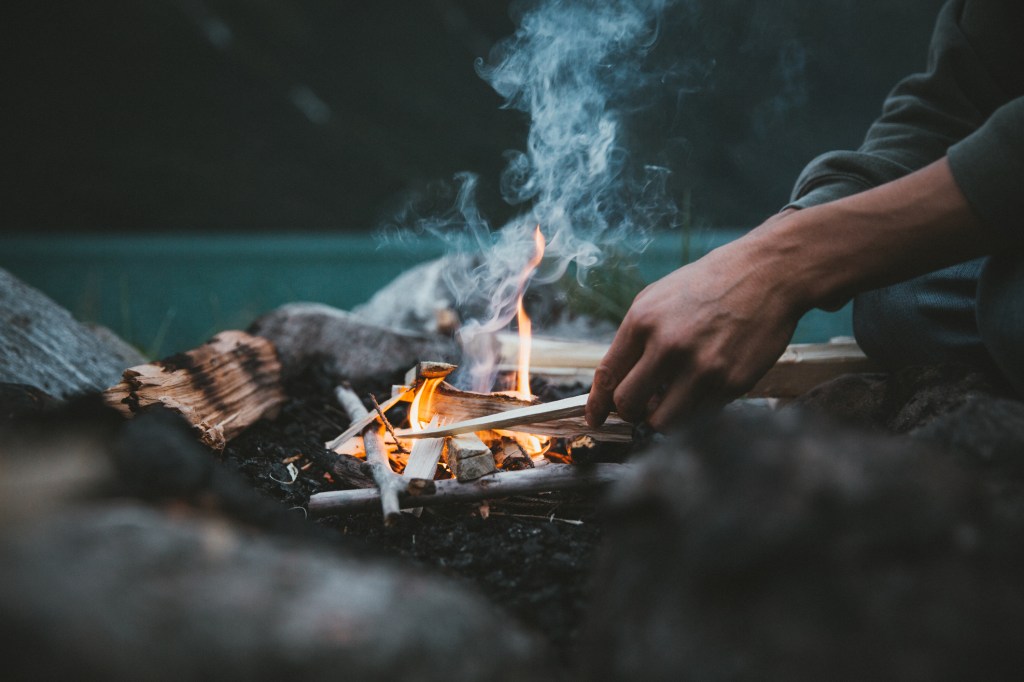
The best pace is to move slowly at what Bear calls ‘Alpine pace,’ without sweating and without stopping. The goal is to make progress without becoming exhausted or overheated.
Bear also advises: If you don’t have to move from where you are, then don’t.
Keep body temperature stable
Sweating and shivering both use up energy, so think about your body temperature. Seek shade in hot weather or cool down when you find water. If you’re cold, make a fire, build a shelter, and wrap yourself up in whatever you can to keep warm.
Travel light
Carrying a smaller rucksack uses up less energy. Decide what you really need in your backpack and bring lightweight clothes and footwear. If you find yourself in a survival situation and you are carrying too much gear, ditch anything unnecessary.
Be smart about snacks
Bear’s version of trail mix is what he calls a “munch bag” filed with broken-up chocolate bars, dried fruit and nuts that he can dip into for a quick energy hit.
When you exert yourself, you use up sugars and carbohydrates. “If you don’t replenish your sugars, you risk becoming hypoglycemic—dizzy, nauseous and lethargic,” says Bear. He keeps the munch bag in a pocket, and takes a mouthful every 20 minutes to keep his body’s energy levels topped up.
“Even if you don’t have a munch bag, remember that it’s better to eat whatever food you do come by little and often, rather than in one burst,” he says.
More from Bear Grylls:
- How to Build Shelter in a Forest
- How to Survive Sub-Zero Temperatures
- What to do If You’re Bitten by a Snake
- How to Navigate Without a Compass
- How to Deal with Injuries in Survival Situations
- How to Find Water in the Mountains
- Making Shelter in the Snow
- Priorities of Survival
- How Bear Grylls Lights a Fire
- How to Build a Jungle Raft
- Bear Grylls: Food in the Mountains Pt. 1
- Bear Grylls: Food in the Mountains Pt. 2
